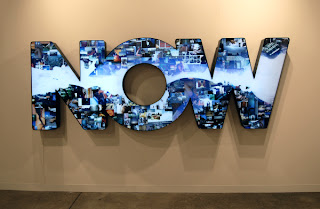A journey is the passage or progress from one location to the next whether that be the monotonous every day journey to work or the decay of civilization or social view. In this modern day journeys are little thought about as we are always travelling from one place to another; even know you are being taken on a journey through the process and developments of my work.
However “too often we are so preoccupied with the destination, we forget the journey.” This quote from Alyse Jensen shows that sometimes people view the destination but forget the progress and within the context of this unit, I have a large quantity of photographic work which represents a certain journey and brings back nostalgic memories, even though from an outside perspective it may just appear to be a pretty picture
































